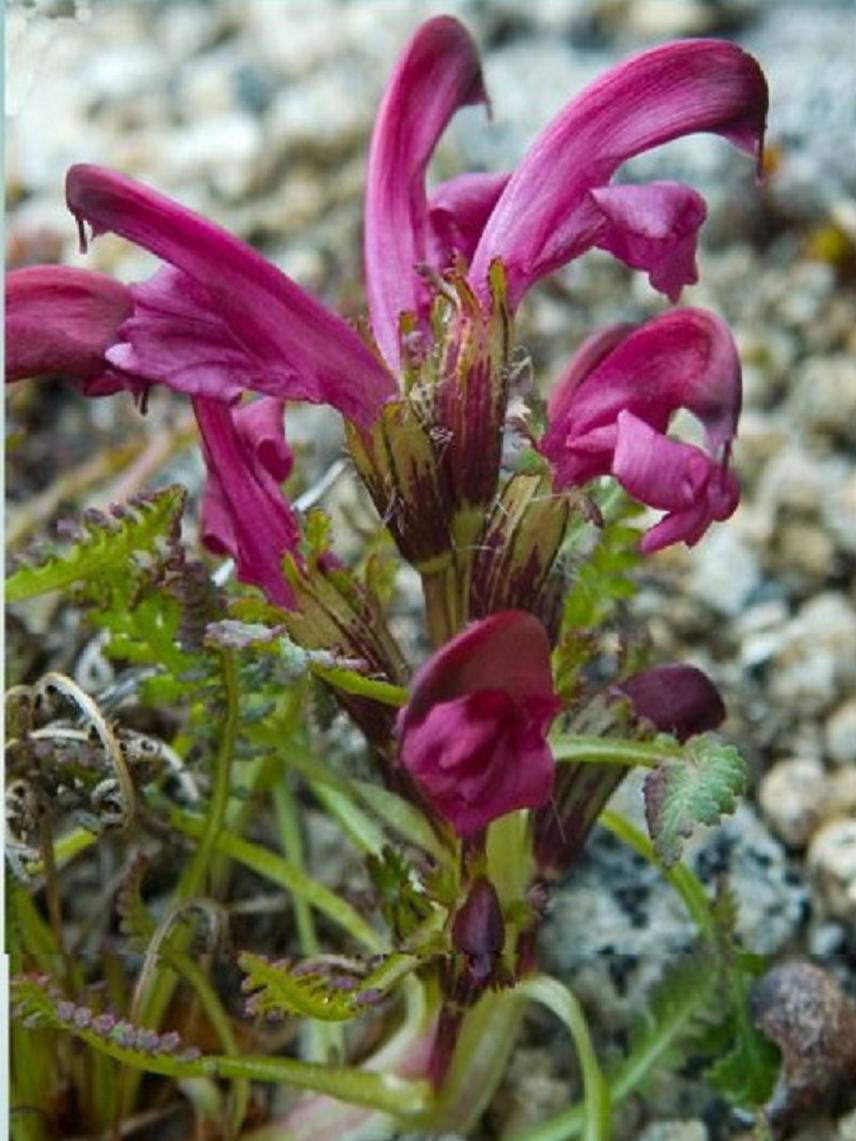Olga A. Mochalova
Other projects
6 Aug 2010
The Research and Conservation of Rare and Threatened Plants and Important Plants Areas of Magadan Region (Northern Far East Asia, Russia)
The main aim of the work is a complex investigation and preservation of ten rare endemic plants from the northern coast of the Sea of Okhotsk, studying and protection of their habitats, and popularization the data of the rare plants.
The total area of Magadan Region situated at the Northern Far East Asia is 1180 sq.km, but only one species of vascular plants is included into the Red Data List of Russian Federation. Beside this species there are about 20 other local endemic for the northern coast of the Sea of Okhotsk. Some of them are distributed in very remote areas, and some have questionable taxonomical status. All of these species are in the category “Data Deficient”.

In the first project we determined threatened species and investigated their biology and distribution. Two rarest species, Minuartia tricostata and Pulsatilla magadanensis, were identified as Vulnerable, they were examined in more detail and we began their long-time monitoring. Now we are going to continue the observations for the model populations of this threatened plant that have distribution area less than 50 sq.km. This includes estimation of the populations’ viability over four vegetation seasons (2010-2013). We will continue observations of Draba magadanensis, Leontopodium stellatum, which we started to study in the first project, but whose status is less understood.
We will increase the list of studied species by adding six local endemic plants that have distribution areas of about 50 - 400 sq.km. Some of these species, Primula mazurenkoae, Bupleurum atargense, Astragalus vallicoides and Pedicularis ochotensis are not currently protected, while others with more wide areas (Saxifraga derbekii, Salix magadanensis), are included in the Red List of the Magadan Region. Due to the lack of data on the biology and habitat of these species it is impossible to prepare justification for including them into the official list of threatened species. We begin to study the biology of these species, to describe vegetation and environmental conditions of the areas of their distribution, and to create digital maps. We are going to estimate the populations’ conditions, determine the limiting factors, and to evaluate existing threats to each population. Finally, we will determine they protection status.
The important part of our work is popularization of our investigations, because people are not informed about rare and ornamental plants from Magadan surroundings, protected on the regional level. We will publish booklets and calendars about these plants for tourists and teenagers, and we will print large-size photo for organizing exhibitions. We will develop the cooperation between academic science institute and Ecological Center for Teenagers (Local NGO), in problems associated with the research and protection of rare plants and interpretation of ecological information for the public.